Wilderness survival can be a daunting challenge, especially when you're navigating unfamiliar terrain or facing unexpected weather conditions. With the right tools, however, survival becomes significantly safer and more efficient. One such tool that has revolutionized wilderness survival is thermal imaging. Thermal cameras, especially compact versions like the thermal camera for smartphones, have become invaluable for both amateur adventurers and experienced survivalists.
Understanding Thermal Imaging Technology
Thermal imaging works by detecting heat signatures emitted by objects and converting this data into a visual representation. Unlike regular cameras, which capture light visible to the human eye, thermal cameras detect infrared radiation. This allows users to see the heat emitted by living organisms, equipment, and even the surrounding environment. In wilderness survival, thermal imaging becomes essential, offering the ability to identify potential threats and resources in low-light or dark conditions.

Improving Safety in the Wilderness
In survival situations, staying safe often means being able to detect potential hazards before they pose a risk. Thermal imaging allows users to spot wildlife, such as predators or other animals, even in dense forests or at night. This is crucial for avoiding dangerous encounters. For instance, a thermal camera can reveal the heat signatures of animals hiding in the underbrush, providing you with an early warning.
Similarly, thermal cameras can be used to identify natural hazards like heat sources, which could indicate a fire, or areas with unusually low temperatures, suggesting potential hypothermic risks. In challenging environments, being able to detect these heat patterns could make all the difference in avoiding life-threatening situations.


Finding Resources More Effectively
One of the core principles of wilderness survival is the efficient use of available resources. Thermal imaging makes it easier to locate essential elements like water sources, shelters, or even edible plants. For example, thermal cameras can help identify water in rivers, streams, or ponds by detecting the cooler temperatures of water compared to the surrounding environment. In a survival situation where clean drinking water is crucial, this ability can save valuable time and effort.
In addition, a thermal camera can be useful in locating your own campsite. By detecting warmer spots in an area, you can more quickly find a spot that has been previously used or where heat has gathered, making it a safer place to set up camp.


Enhancing Search and Rescue Operations
Wilderness survival isn’t just about self-reliance. If you're lost or injured, effective rescue operations become critical. Thermal imaging has transformed search and rescue efforts by allowing rescuers to quickly identify individuals based on their heat signature. This is particularly important in dense forests, where traditional search methods may fail to detect a person.
Thermal cameras can identify the body heat of a stranded individual even if they are covered by foliage or camouflaged by the environment. Rescue teams equipped with these devices can operate more efficiently, reducing search time and increasing the likelihood of a successful rescue.
Practicality of Thermal Cameras for Smartphones
For many survivalists, the thought of carrying specialized equipment might seem cumbersome. Thankfully, advancements in thermal imaging technology have made it more accessible. Today, thermal imaging sensors are available in compact forms, such as the thermal camera for smartphones. These devices are an affordable and highly portable option for adventurers and survivalists who want to add thermal imaging to their toolkit without carrying extra equipment.
Despite being small and cost-effective, these thermal camera attachments offer impressive functionality. They allow users to access thermal imaging on their smartphones, making it a convenient tool for checking the environment for hazards, locating resources, or identifying animals. The affordability of these devices ensures that even casual hikers or campers can benefit from this technology in real-world scenarios.

Efficiency in Wilderness Navigation
Navigating through dense terrain or during low-visibility conditions can be challenging. Thermal cameras can significantly improve your ability to assess the landscape, even when visual cues are limited. For example, in thick fog or heavy rain, where your visibility is compromised, a thermal camera allows you to detect heat patterns that may indicate safe paths, clearings, or trails. This ensures you can stay on course without wasting time wandering in potentially dangerous areas.
Thermal Imaging in Emergency Situations
In an emergency, whether you're stranded or simply lost, every second counts. Thermal imaging is an invaluable tool for both preventing and managing such situations. Its ability to detect heat sources helps in locating warmth, whether from a distress signal, a campfire, or even from other people. In wilderness survival, this quick detection could reduce the time spent searching for help and improve your chances of survival.
Thermal imaging is a game-changer when it comes to wilderness survival. Whether you're an experienced outdoorsman or just starting to explore nature, thermal cameras offer safety, efficiency, and practicality. They allow you to detect wildlife, find resources, enhance navigation, and improve search and rescue operations. Furthermore, affordable options like the thermal camera for smartphones make this technology accessible for anyone, ensuring that wilderness survival can be safer and more efficient for all.


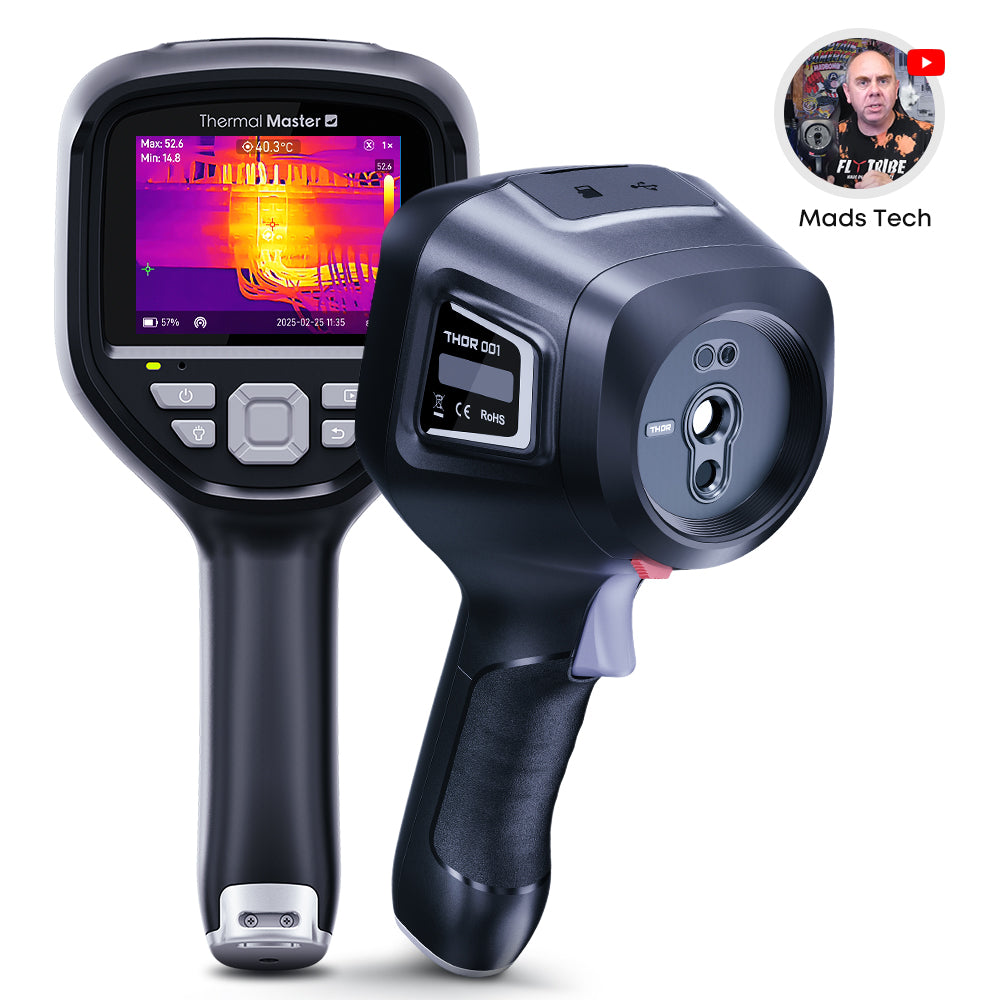

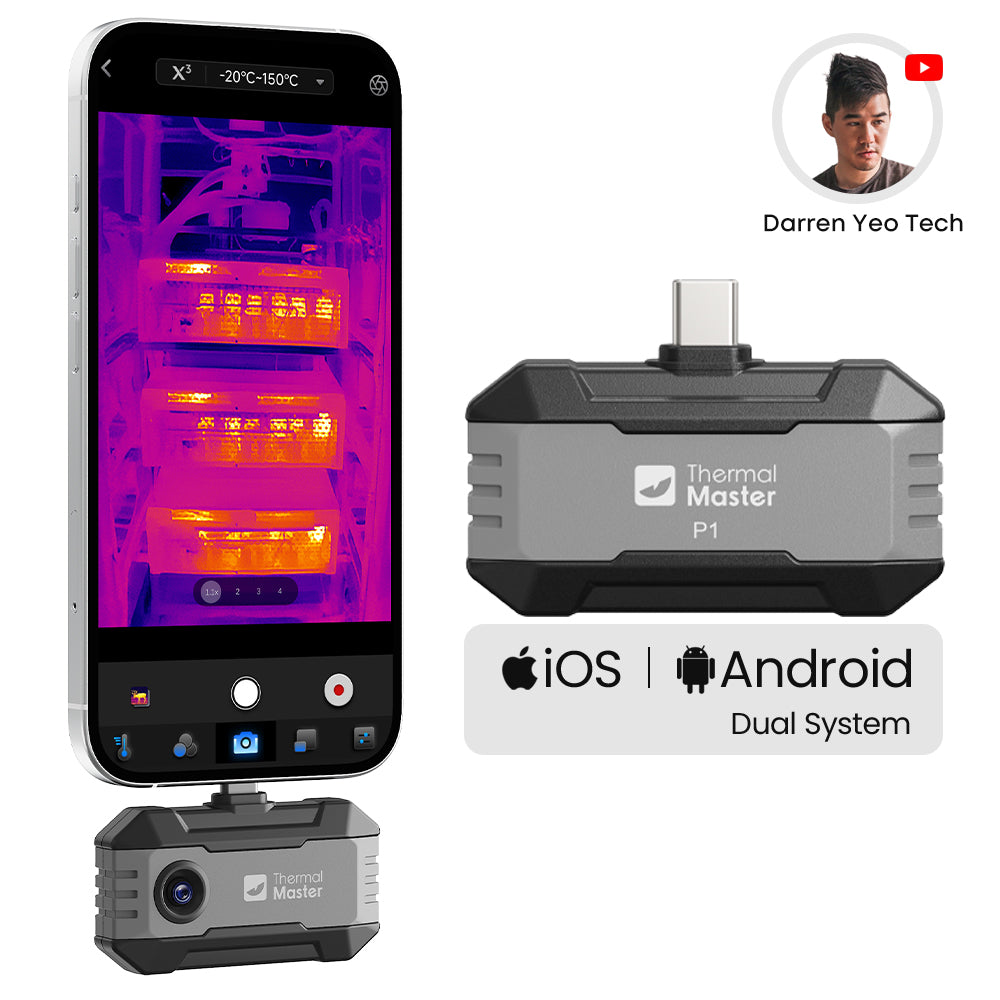
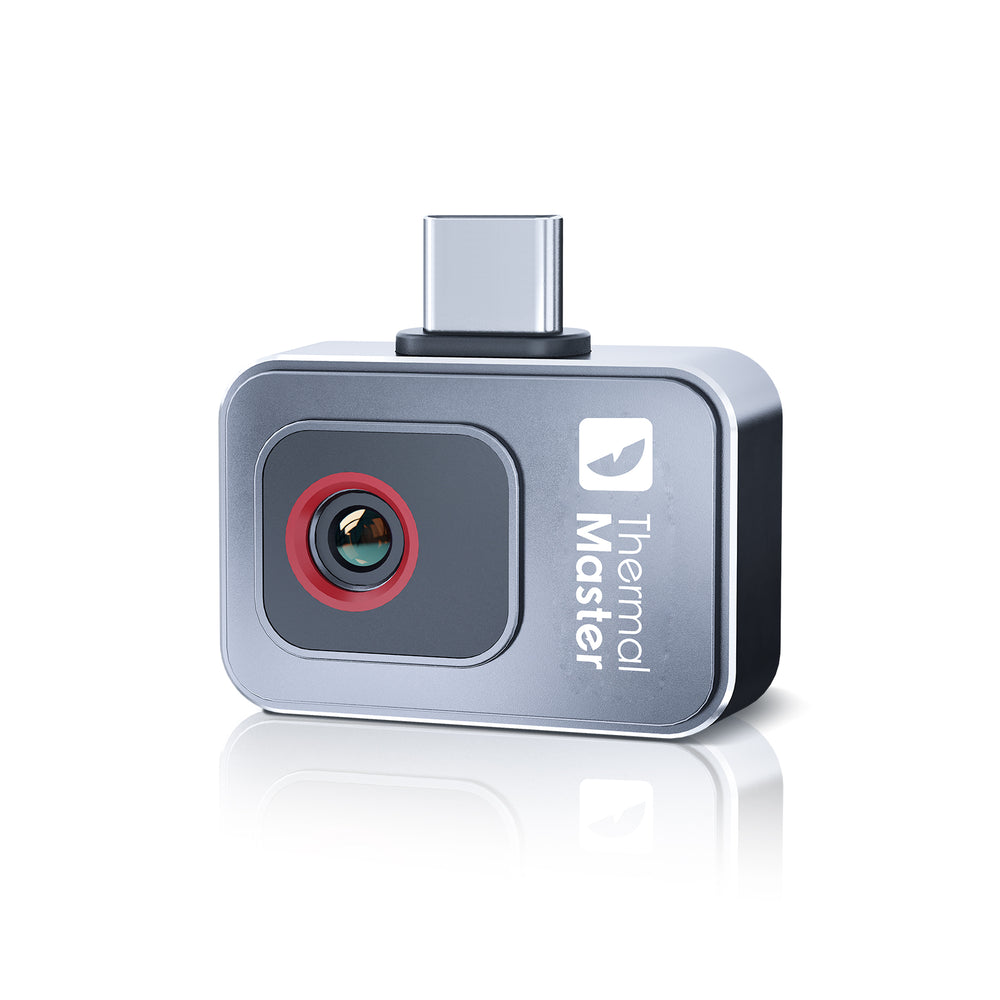
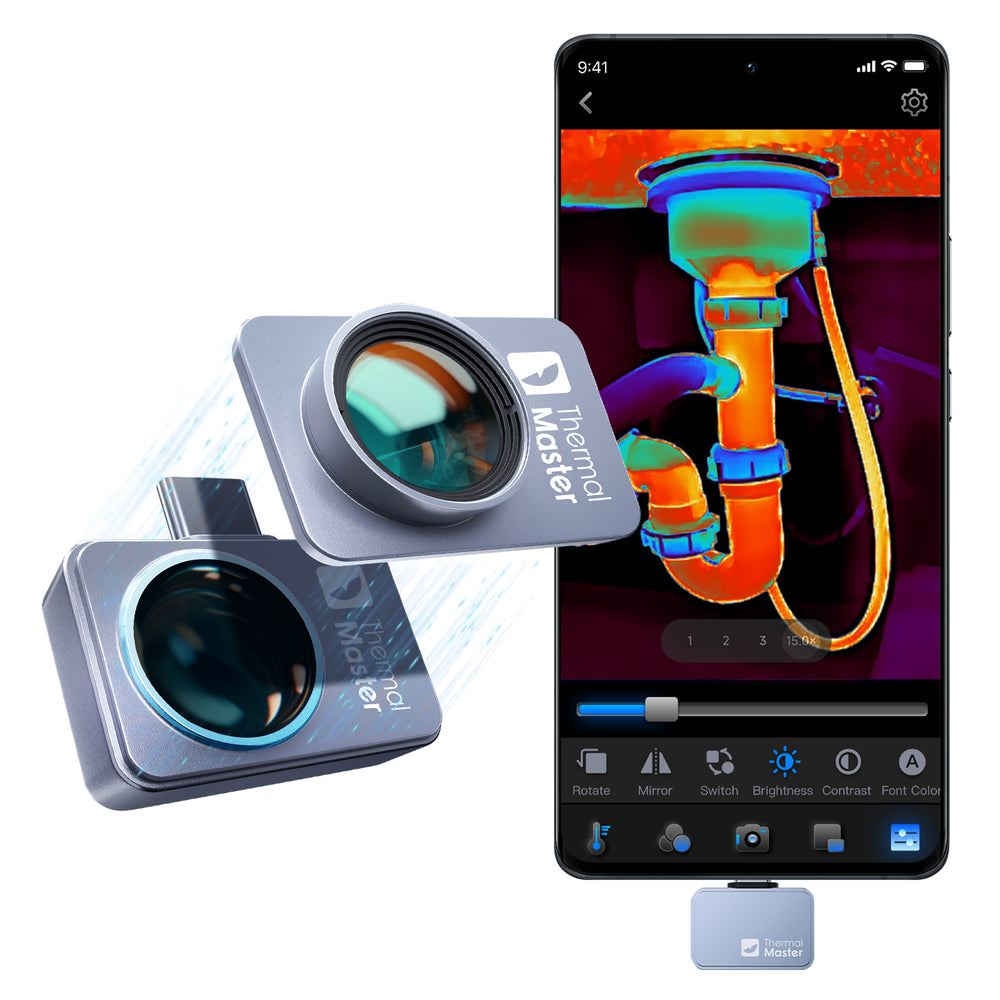
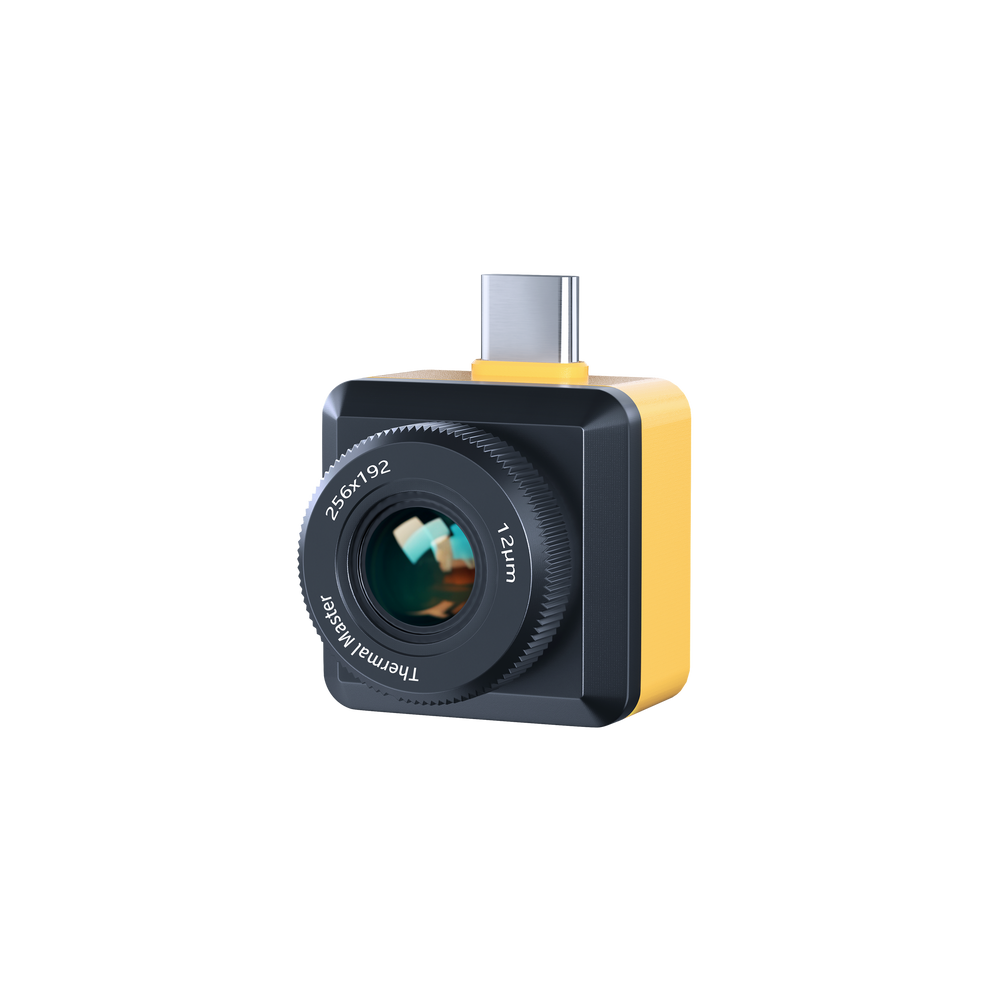
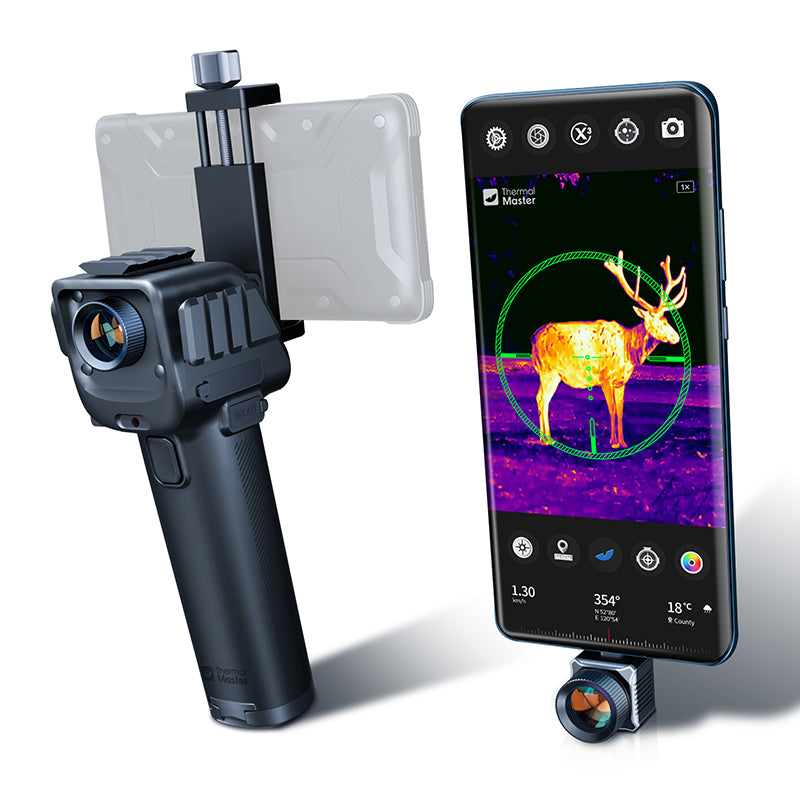
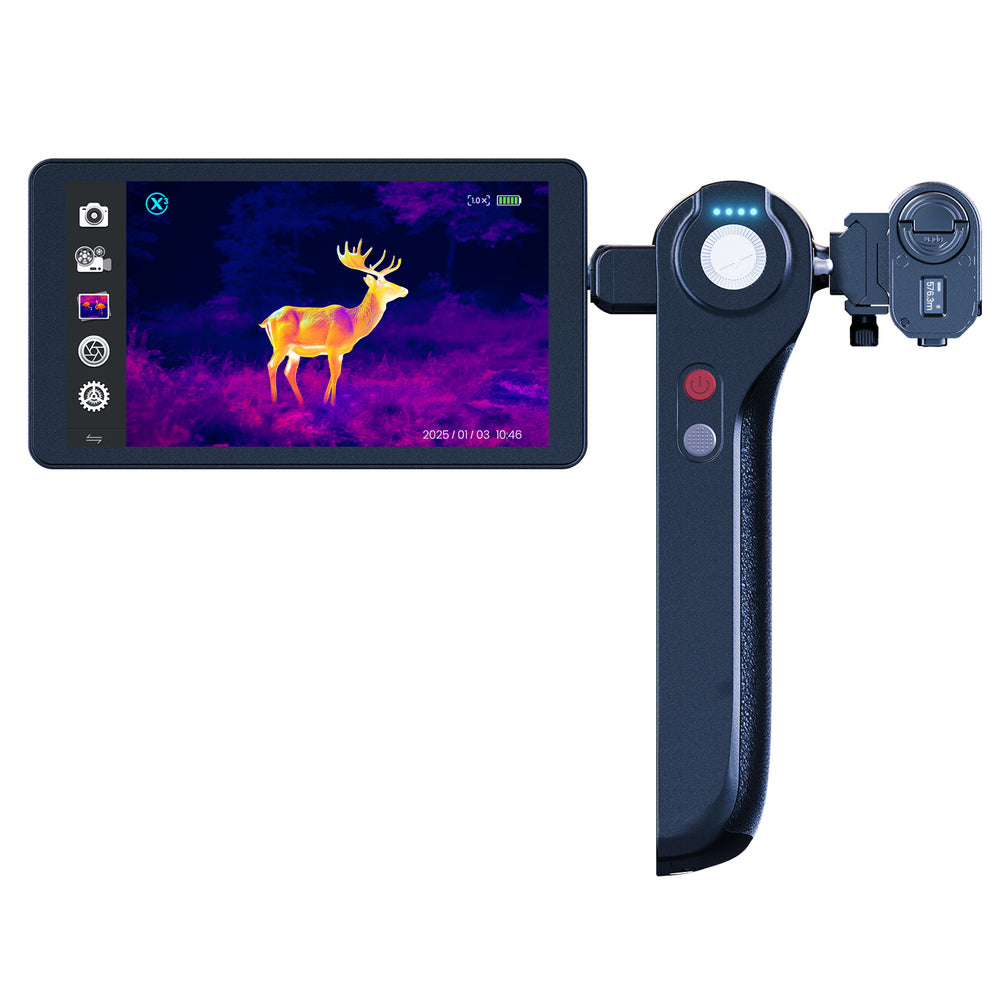
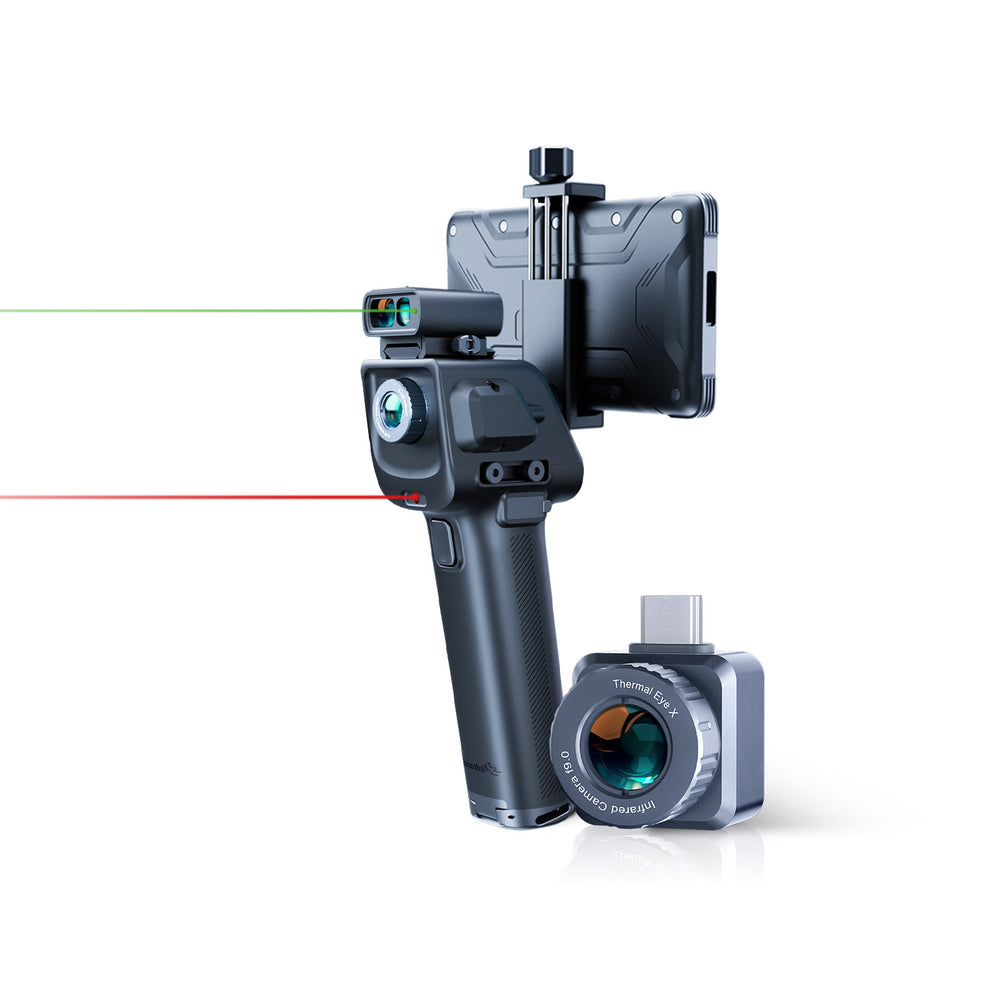
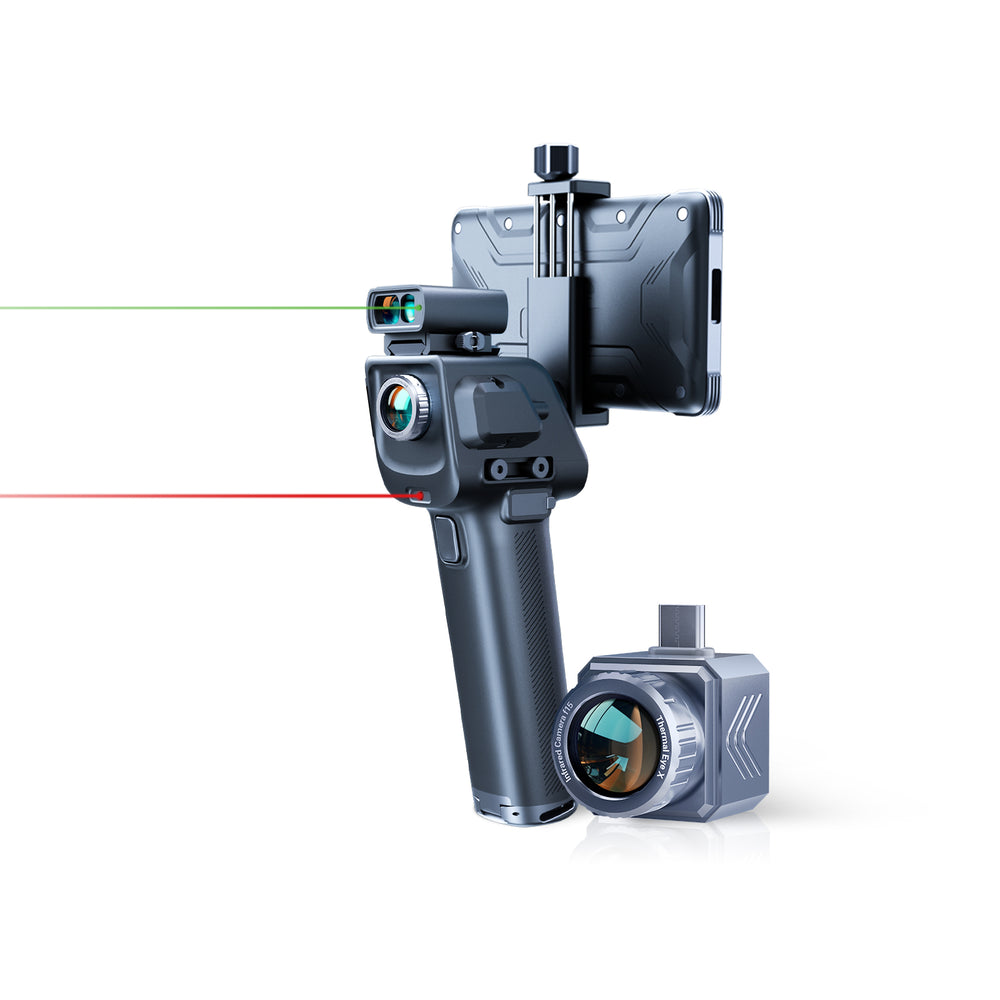
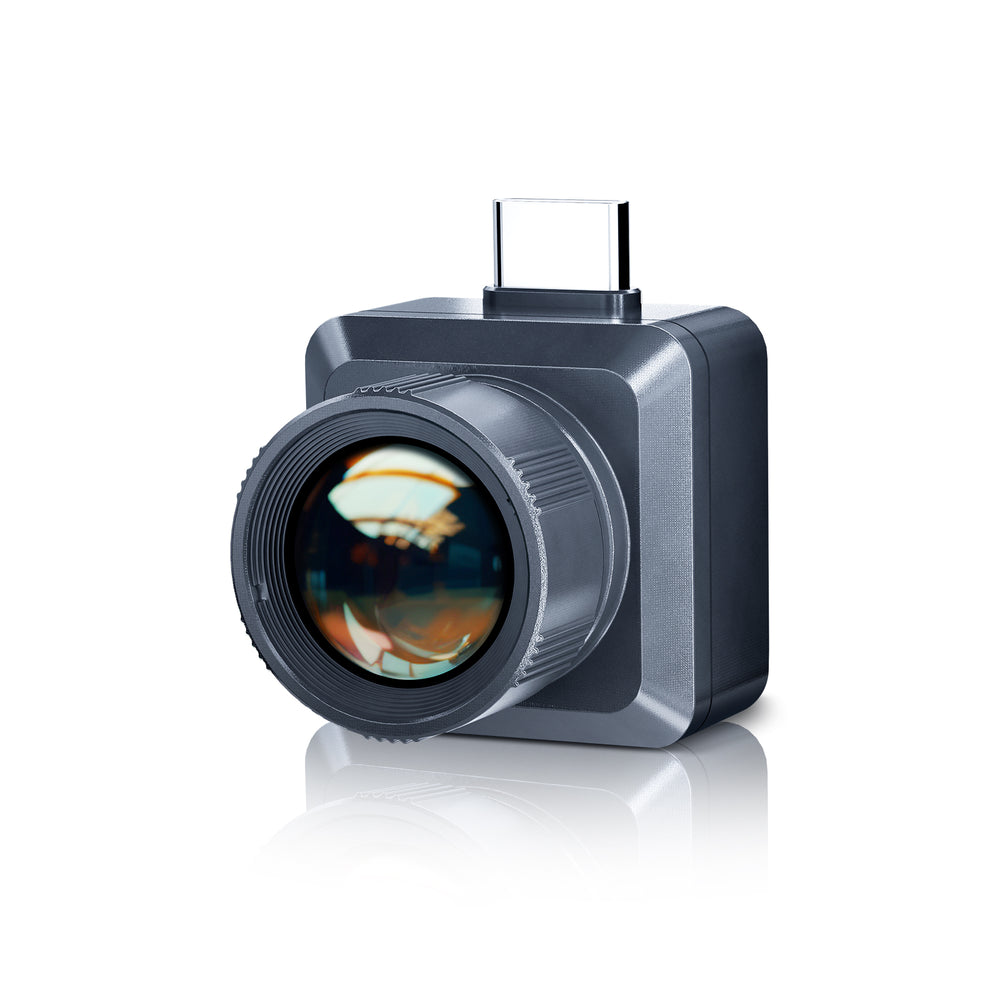
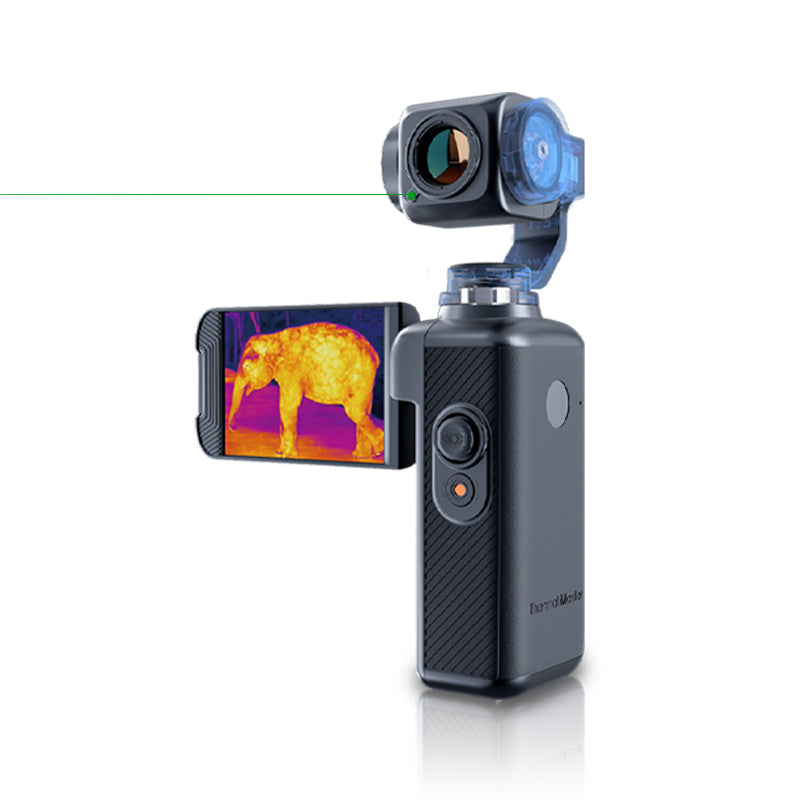
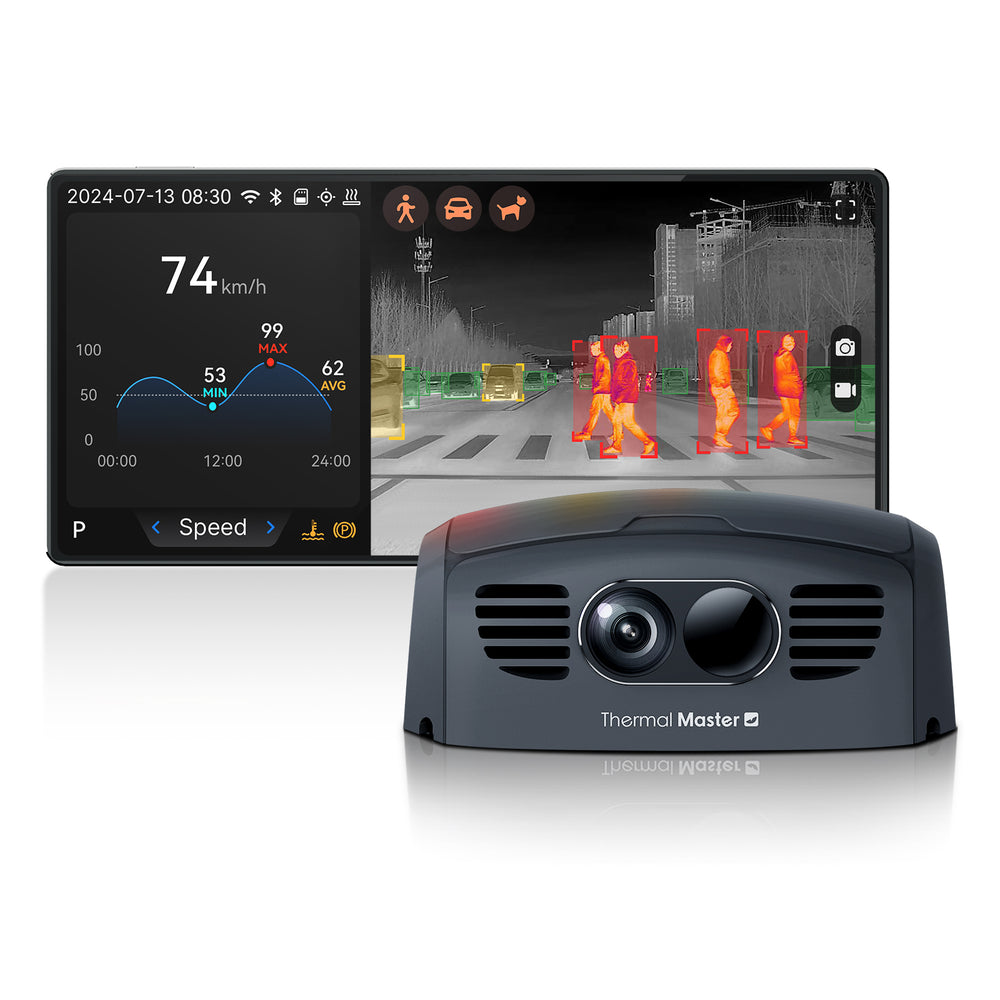
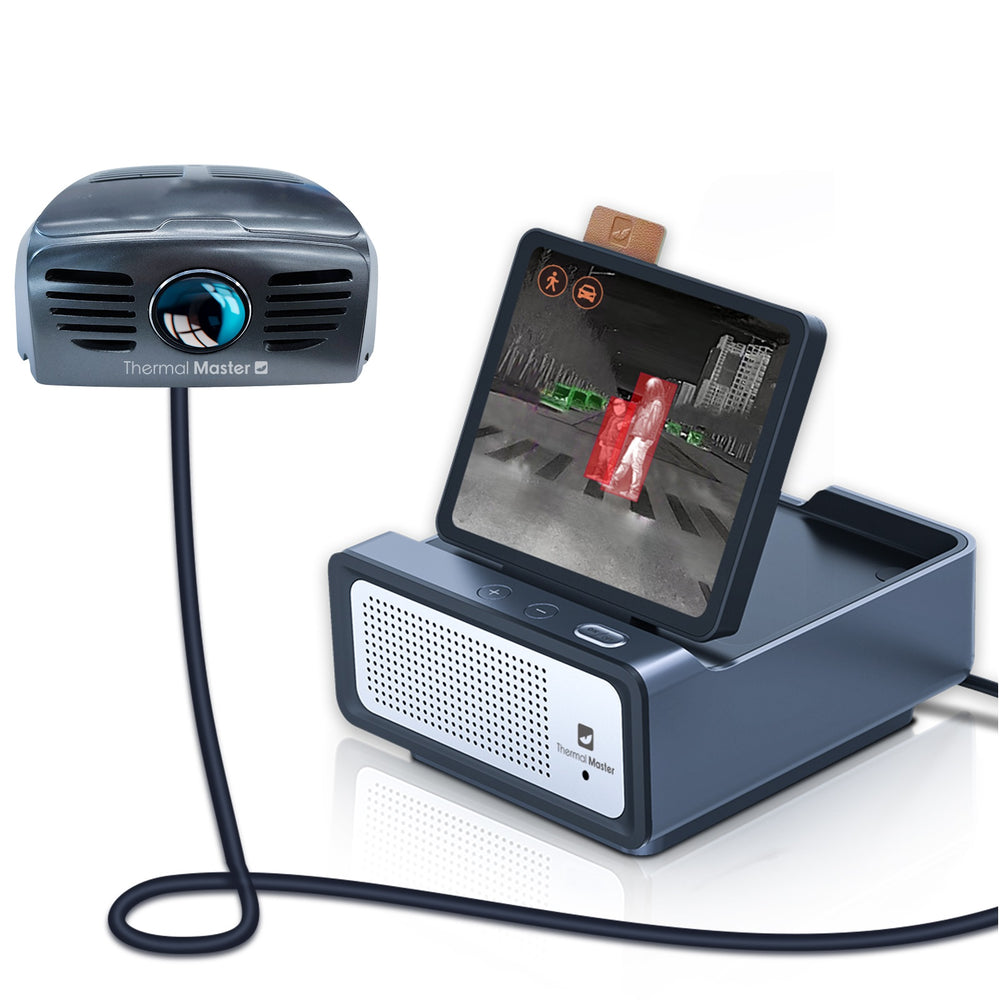
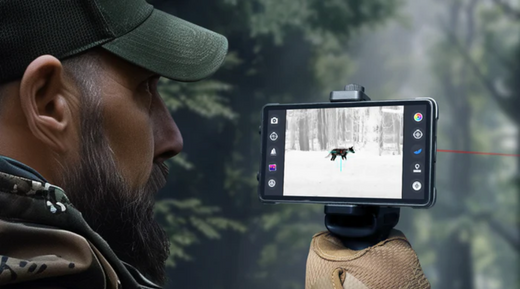
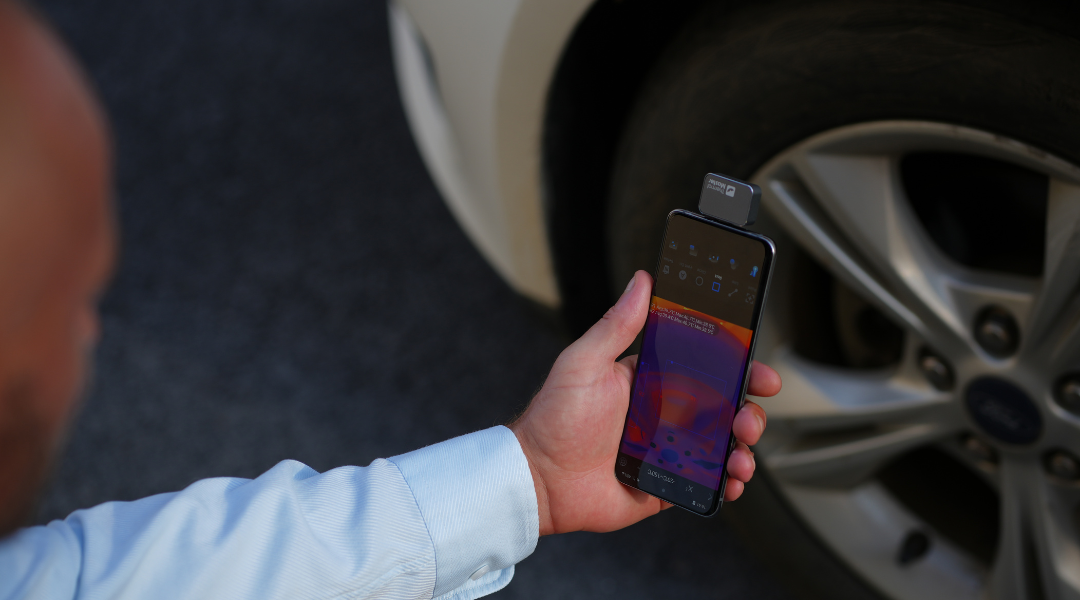
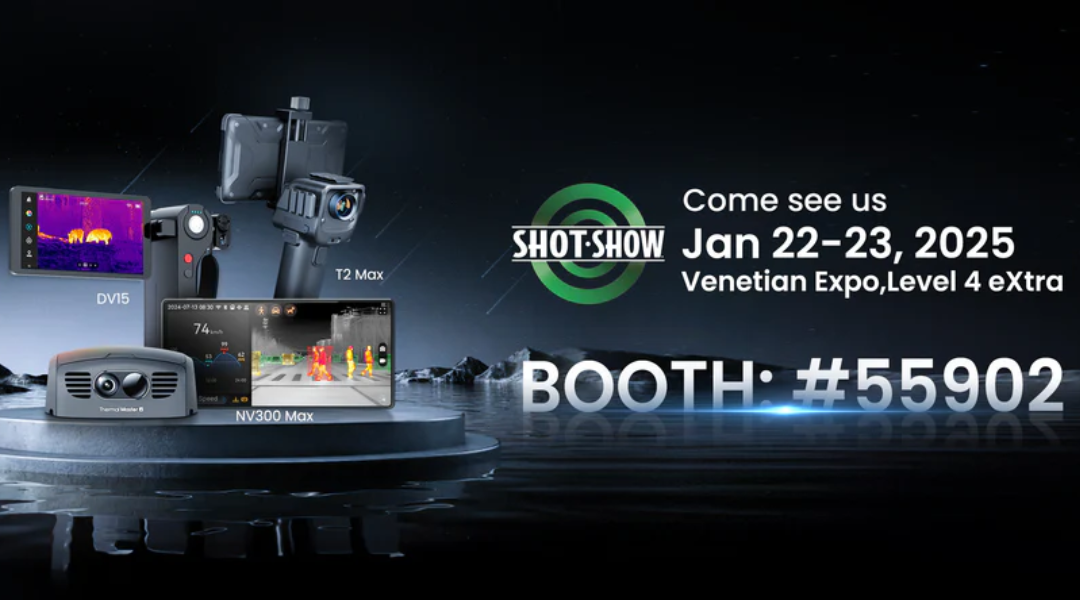
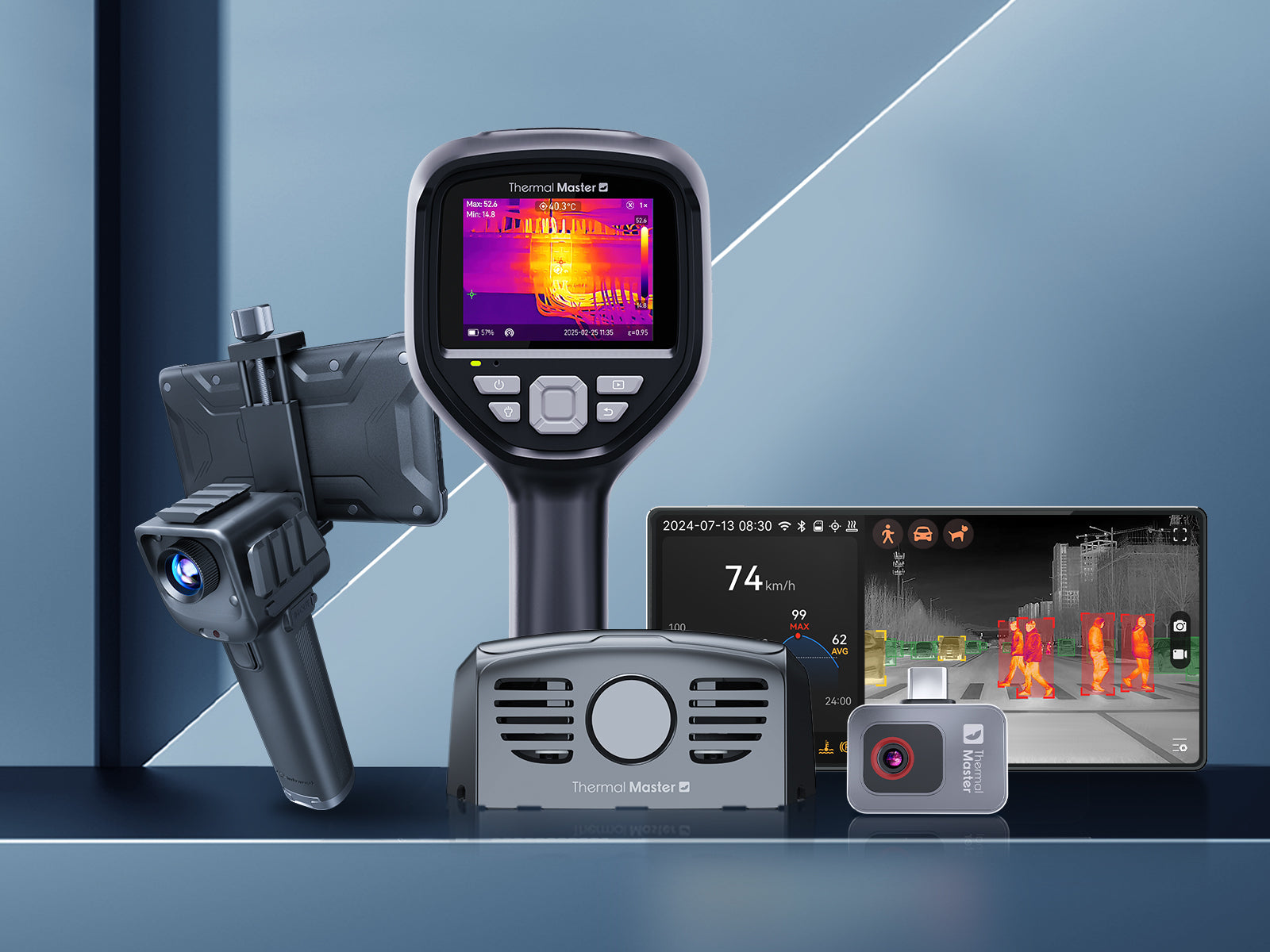
Leave a comment
All comments are moderated before being published.
This site is protected by hCaptcha and the hCaptcha Privacy Policy and Terms of Service apply.